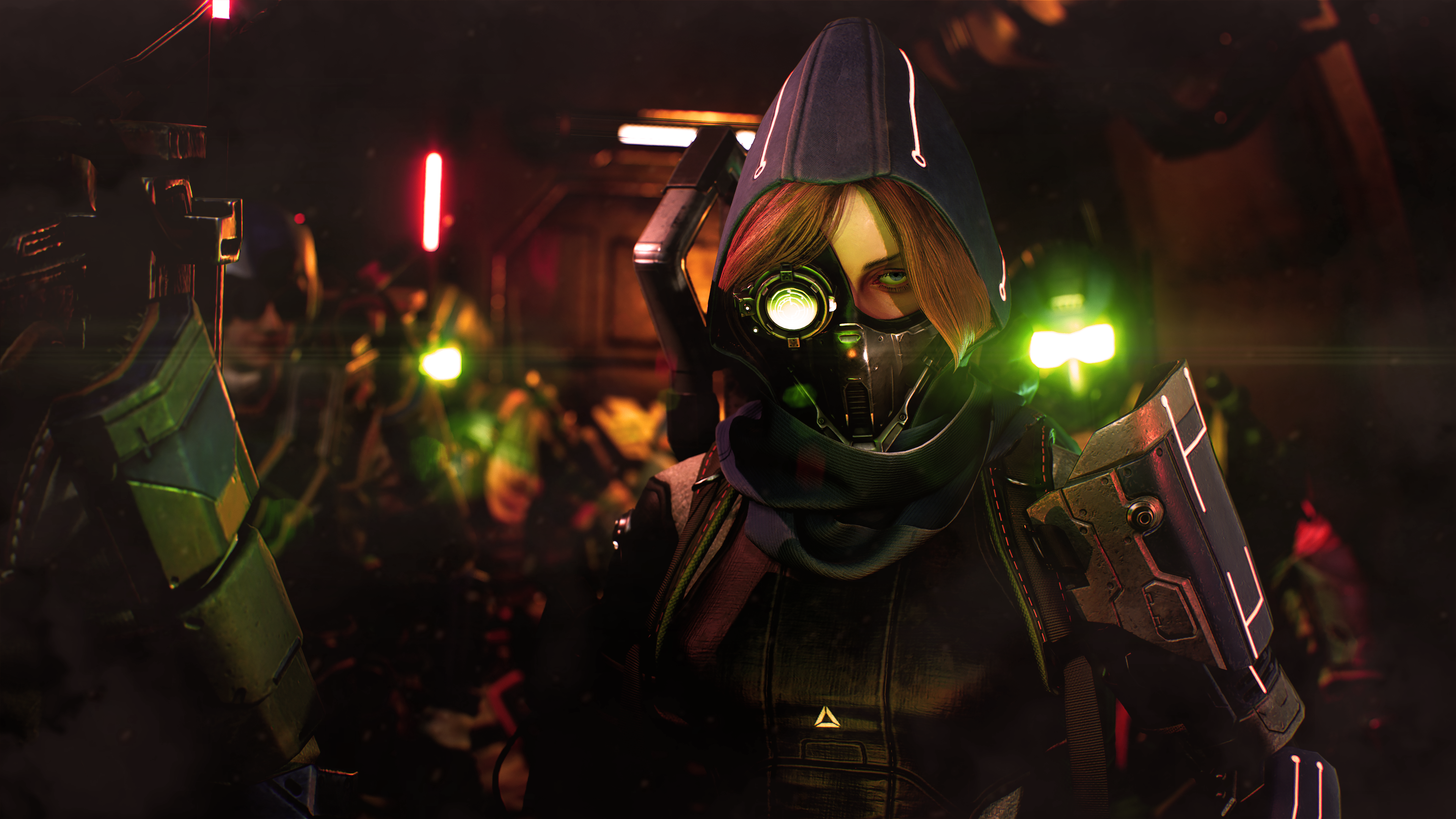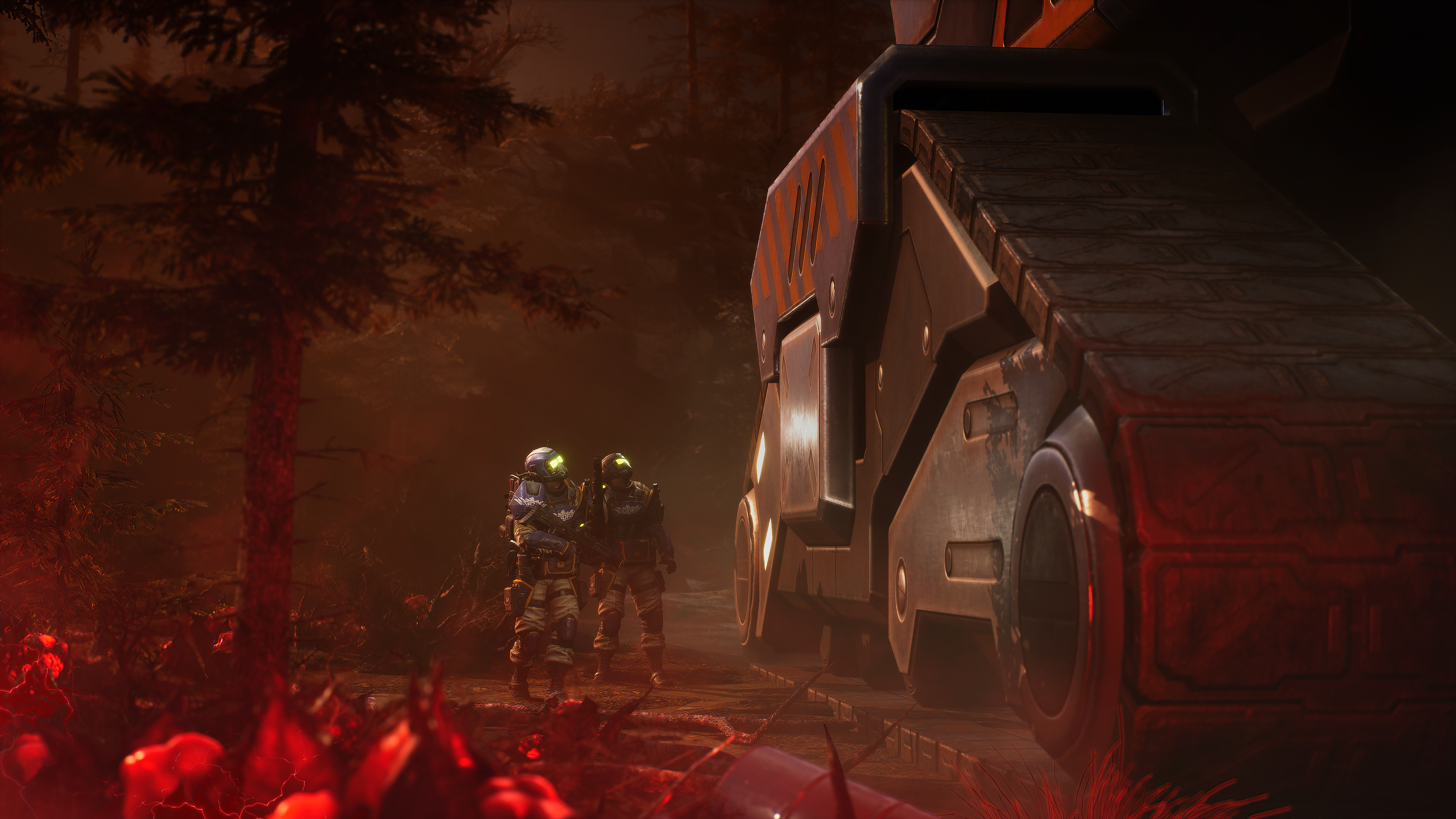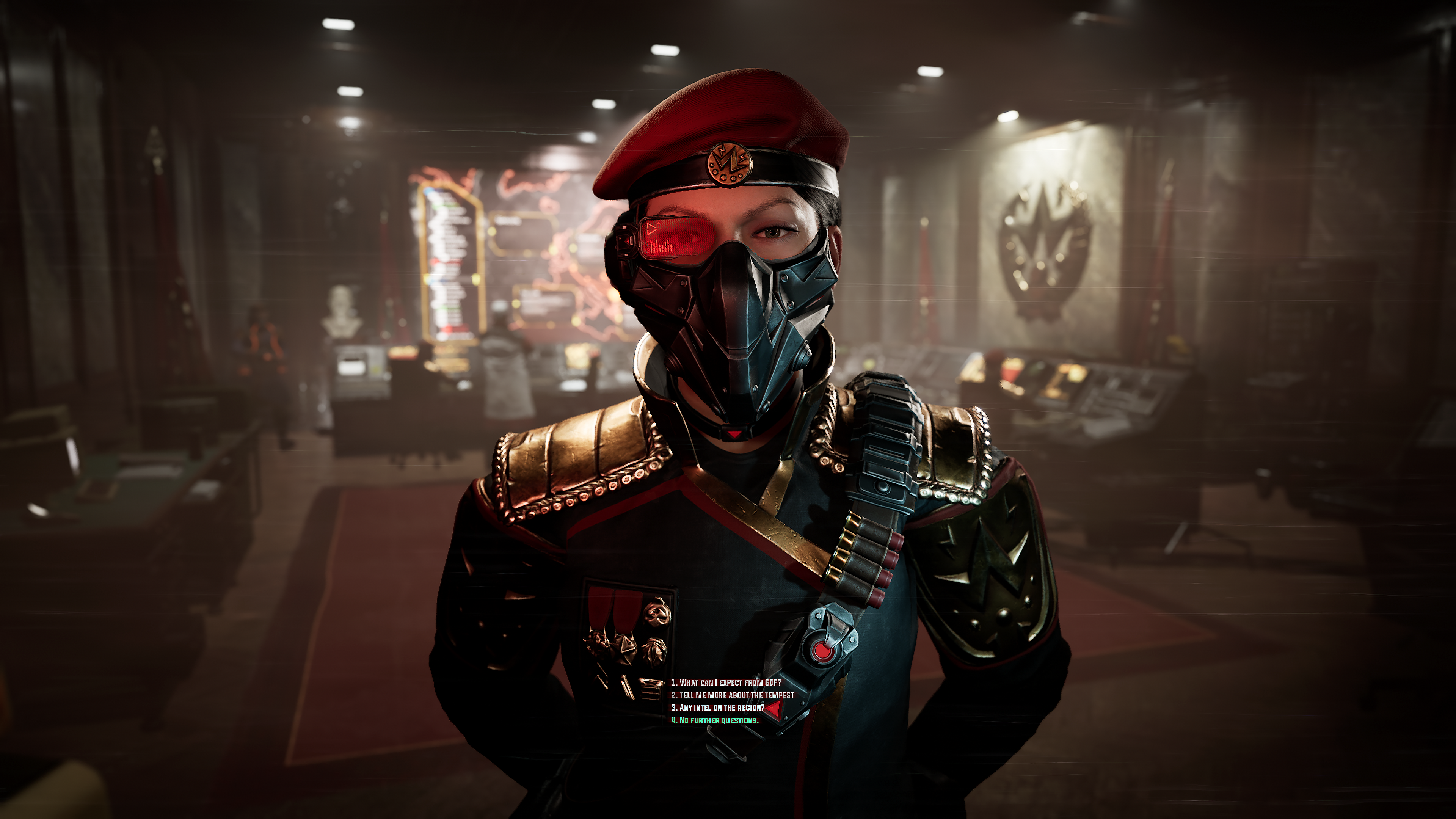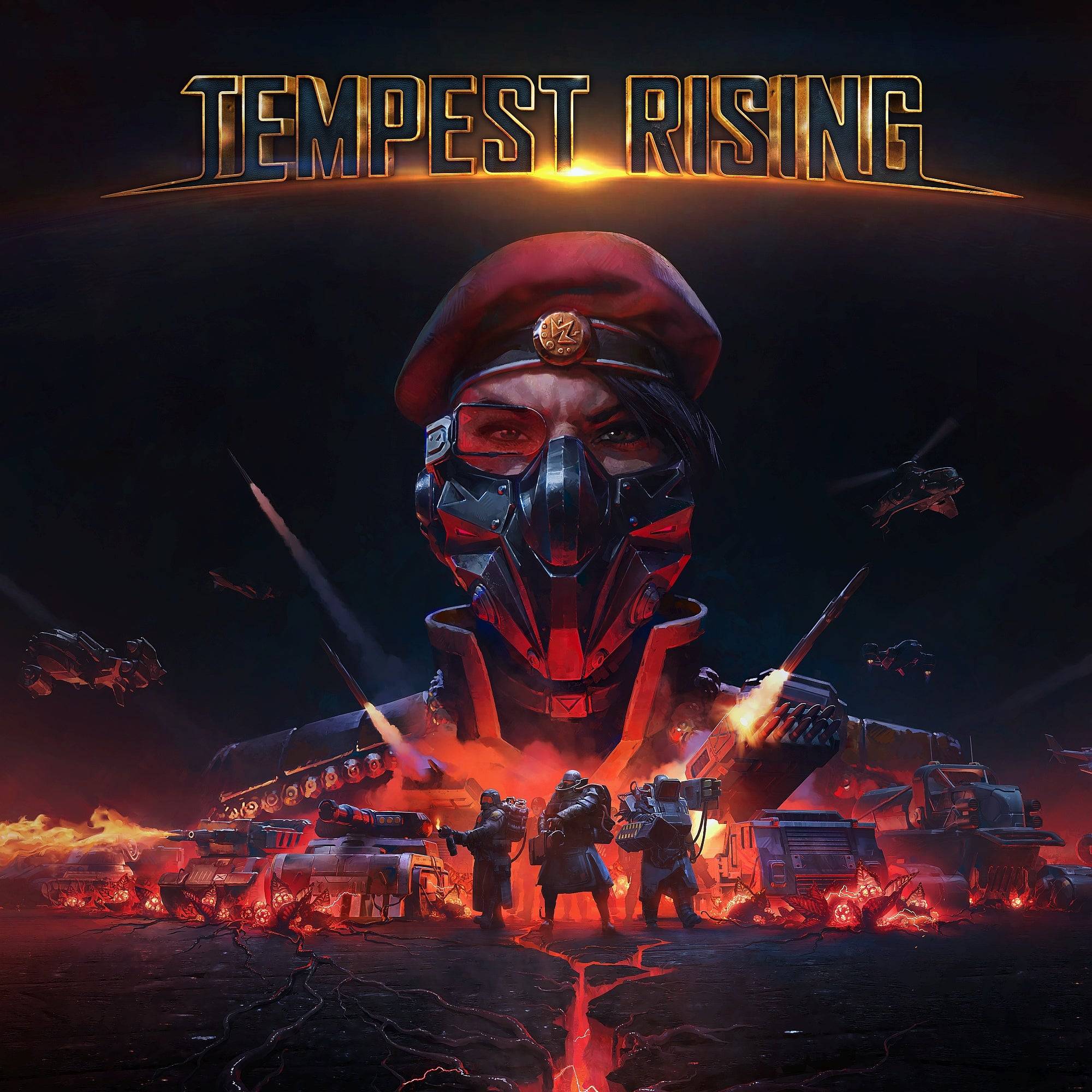Tempest Rising: A Nostalgic RTS Masterpiece
From the moment I launched the Tempest Rising demo, I was hooked. The opening cinematic, complete with cheesy dialogue from heavily armored soldiers and a nervous scientist, instantly brought a smile to my face. The music, UI, and unit designs perfectly captured the essence of my high school days, spent late nights playing Command & Conquer with friends fueled by Mountain Dew, Pringles, and sheer exhaustion. This game expertly recreates that feeling, and I'm thrilled to see what Slipgate Ironworks has planned for the full release. Whether battling AI in Skirmish or facing off against human opponents in Ranked Multiplayer, Tempest Rising felt incredibly familiar and comfortable.
This nostalgic experience is no accident. The developers aimed to create a real-time strategy (RTS) game that channeled the classics of the 90s and 2000s, while incorporating modern quality-of-life improvements. Set in an alternate 1997, where the Cuban Missile Crisis escalated into World War 3, Tempest Rising unfolds in a world ravaged by nuclear war and overrun by strange, energy-rich vines.
Tempest Rising Screenshots

 8 Images
8 Images



The demo focused solely on multiplayer, leaving the story mode a mystery for now. However, I learned it will boast two replayable 11-mission campaigns, one for each main faction: the Tempest Dynasty (TD) and the Global Defense Forces (GDF). A third faction remains shrouded in secrecy, unavailable in the preview build or at launch.
The Tempest Dynasty immediately captivated me. Beyond the hilarious Tempest Sphere—a death ball that crushes infantry—the Dynasty utilizes "Plans" to activate faction-wide bonuses. These Plans, activated at the Construction Yard, offer strategic flexibility. The Logistics Plan boosts construction and resource gathering; the Martial Plan enhances unit attack speed and provides explosive resistance; and the Security Plan reduces unit and building costs, improves repair, and expands radar range. Switching between these Plans created a dynamic and engaging gameplay loop.
Unlike the GDF's reliance on Refineries, the Dynasty employs Tempest Rigs—mobile harvesting units that relocate after depleting resource fields. This streamlined resource management made my preferred "fast expand" strategy exceptionally effective. Deploying Rigs to distant locations ensured uninterrupted resource collection.
The Dynasty's Salvage Van is another standout unit, capable of repairing or destroying vehicles for resource gain. Ambushing unsuspecting opponents and reclaiming their vehicles proved to be a highly effective tactic. Finally, Dynasty power plants can switch to Distribution Mode, boosting nearby construction and attack speed at the cost of taking damage—a risk mitigated by the mode's automatic deactivation at critical health.
While I favored the Tempest Dynasty, the GDF offers a compelling alternative, focusing on buffing allies, debuffing enemies, and battlefield control. The Marking mechanic, where units mark targets for debuffs and Intel gain, is particularly potent.
 Tempest Rising3D Realms Wishlist
Tempest Rising3D Realms Wishlist
Both factions boast three tech trees, offering diverse strategic options. Beyond the tech trees, constructing advanced buildings unlocks powerful cooldown abilities, adding another layer of strategic depth.
The Dynasty's fewer, upgradeable buildings make structure loss impactful, but the Lockdown ability prevents enemy takeovers. The Field Infirmary, a mobile healing zone, proved invaluable.
The full game's Custom Lobbies will allow for cooperative play against challenging AI opponents. Until then, I'll continue my solo campaign, happily crushing bots with my legions of death balls.
















